In June 1614, a month before he left earthly life, Camillus wrote a letter in his own hand in which he recommended what was closest to his heart. He particularly recalls charity toward the sick, whom he managed to care for until the end of his days. This natural inclination of his is wonderfully depicted in the masterpiece of the French painter Pierre H Hubert Subleyras, who in 1746 painted “St. Camillus de Lellis saves the sick of the Hospital San Spirito during the Tiber flood of 1598.”
It is this image of St. Camillus de Lellis that is the beacon of CADIS International’s action.
St. Camillus’ arms encircled around the body of the sick person bringing him to safety are the arms of all the people who, today, respond to emergencies due to natural and non-natural disasters in the world. They are religious, lay people, volunteers, all driven by mercy and the spirit of charity toward the most vulnerable.
These are the hands reaching out to the victims of the flooding that struck the Assam state of India in June. The same hands that caress and give support to the Ukrainian refugees (women and children) in Poland or dirtied by the semi-arid soil in Wajir, Kenya, coping with the drought emergency that has persisted for too long. The hands of those who were there in Haiti during last year’s devastating earthquake or during the early emergencies in Bohol and Negros, Philippines, following Typhoon Odette, and those who provided medicine and assistance during the first devastating wave of the COVID-19 pandemic.
The Camillian Disaster Service (CADIS) International Foundation has embraced the prophetic call to be Camillian religious in the new millennium, taking its choices and interventions to the international level. CADIS boldly pursues the global project of building a resilient community to support and accompany people who have been affected or exposed to natural or man-made disasters.
CADIS’ engagement in the humanitarian world began with a select group of Camillians and lay collaborators. At present, the seed that has been planted has grown into a tree whose branches are bearing fruit: a significant number of Camillians, lay people, priests and religious at the provincial or delegation level are being formed to organize CADIS activities in synergy with local and international partners engaged in humanitarian and development activities.
We Camillians must continually remember the radical nature of our fourth religious vow. This radicality flows directly from the charismatic insight of St. Camillus and the perseverance of our predecessors, the martyrs of charity: facing death when necessary to ensure the good of the sick person. It means the possibility and not just the probability. This is the original spirit of St. Camillus’ fourth vow, which is expressed in our Constitution as “even with the risk of life.” (cf. Const. 12.28 and DG 14; cf. A. Brusco – F. Alvarez (eds.), Camillian Spirituality. Itineraries and perspective, 94-95).
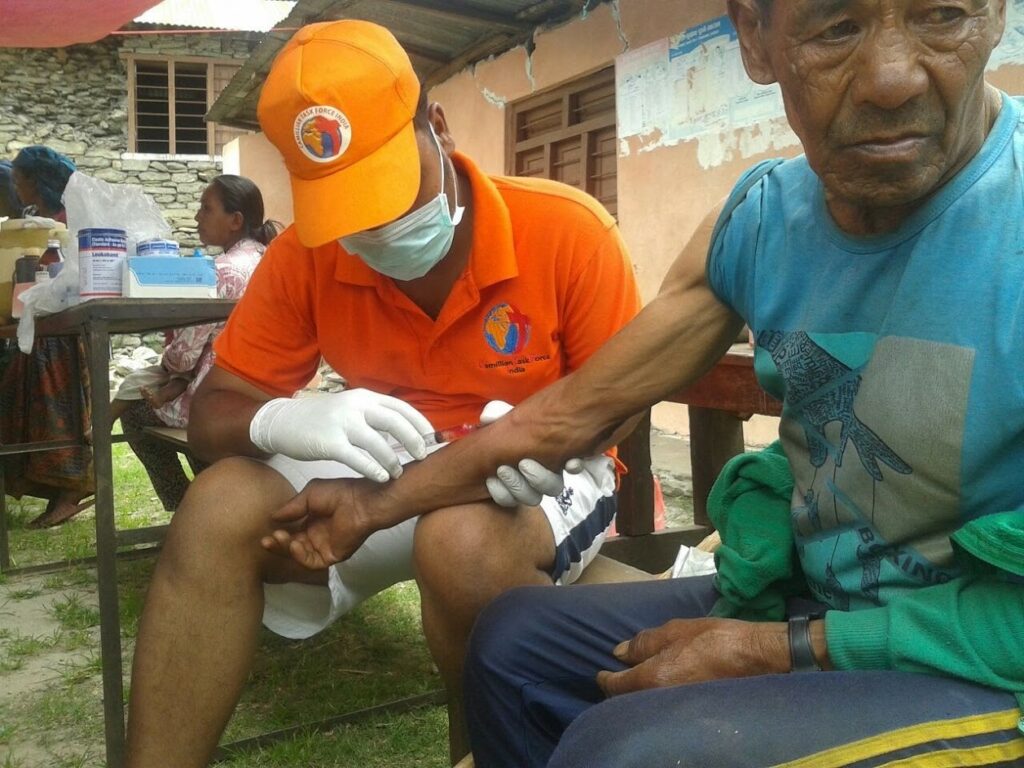 Offering service to the victims of disasters and emergencies (wars, epidemics and plagues) has always been at the heart of Camillians. From the 16th to the 17th century those who joined the Camillians were well aware of the three main ministries of service to the sick in hospitals, in homes, in times of plagues and epidemics. In fact, during the 24 years of St. Camillus’ generalate 240 Camillian religious died in Italy in places affected by epidemics and plagues. In 1994, the Order established the “Day of the Camillian Religious Martyrs of Charity,” to be celebrated annually on May 25, in honor of the 300 Camillian martyrs who died bearing witness to the fourth vow, to serve the sick even at the risk of their own lives. The fourth vow is the real key that opens the door for Camillians and all those who share the spirit of St. Camillus to develop and experience its richness in responding to the signs of the times.
Offering service to the victims of disasters and emergencies (wars, epidemics and plagues) has always been at the heart of Camillians. From the 16th to the 17th century those who joined the Camillians were well aware of the three main ministries of service to the sick in hospitals, in homes, in times of plagues and epidemics. In fact, during the 24 years of St. Camillus’ generalate 240 Camillian religious died in Italy in places affected by epidemics and plagues. In 1994, the Order established the “Day of the Camillian Religious Martyrs of Charity,” to be celebrated annually on May 25, in honor of the 300 Camillian martyrs who died bearing witness to the fourth vow, to serve the sick even at the risk of their own lives. The fourth vow is the real key that opens the door for Camillians and all those who share the spirit of St. Camillus to develop and experience its richness in responding to the signs of the times.
What allows an experience to be defined as charismatic is its being rooted in history by taking a definite form and realized through a stable group of people who make it their own; being a gift of Jesus Christ of which it reflects a facet within the broad kaleidoscope of His rich personality; developing within a changing historical context from which it gathers challenges and stimuli for renewed forms of ministry, remaining unaltered in its being but flexible in its operation in response to the needs of the world; and defining itself within the Church by contributing to its growth and the variety of its rich initiatives. St. Camillus himself can be considered the initiator of CADIS.
The charism given to Camillus is therefore the awareness that he must be a balm of mercy for all suffering. Camillus knew the sad condition of the sick of his time; he had experienced it on his own skin. What would have changed the status quo would have been a group of people who – driven by the love of Christ and His model – took it upon themselves to soothe so much suffering present in the hospital wards. However, suffering is particularly evident where pain is more unjust, discriminating and, in many cases, diabolical than elsewhere. Wars and calamities are examples of this since those who suffer are always the poorest and weakest and are always the result of unjust conditions of life from which they have no protection. The balm of mercy, therefore, cannot pull back in those conditions that most denounce God’s absence and claim His presence.
Aware of this, from Camillus to the present day, the Order’s presence in hotbeds of war, in scenarios of natural devastation, in ethnic conflicts and epidemic diseases, has been seen as a supreme degree of living out the charism of mercy toward those who suffer on the model of Jesus himself, the first to rush to help, to spread the balm oil, to weep with those who weep.
Charism is flexible, a gift in the making and not a carbon copy of the founding experience. The flexibility of charism, though its fragility, testifies to its richness and perpetuity: only that which knows how to change can continue to survive; on the contrary, that which is rigid falls under the blows of life. Accepting becoming a historical rule of development, CADIS contributes to enriching the ministerial landscape by including interventions on behalf of people and peoples experiencing the traumatic experience of pain, death, and deprivation of everything.
Today, CADIS has taken up the challenge to offer its own innovative and prophetic witness to being Camillian in the post-COVID-19 era: the foundation is becoming bold in its global intervention to build a resilient community, especially where people are affected or exposed to natural disasters or man-made inauspicious events.
In what direction are we moving? Amidst material destruction and human loss, amidst unspeakable suffering and agony, amidst death and wearisome loneliness, CADIS’ response is to give voice (credible testimony) to the suffering of the many vulnerable families. It is an act of ‘presence,’ of compassion and tenderness; it is the response of an intelligence that becomes kindness and caring in caring for survivors, with the offer and gesture of an outstretched, compassionate and competent hand.
Ours is meant to be a witnessing presence, descending into the field of history of fragile peoples, to fan, with their substantial contribution, the flame of hope.


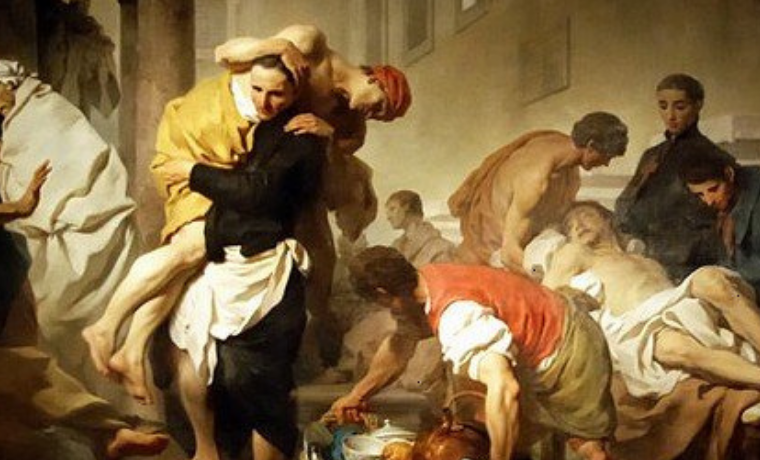
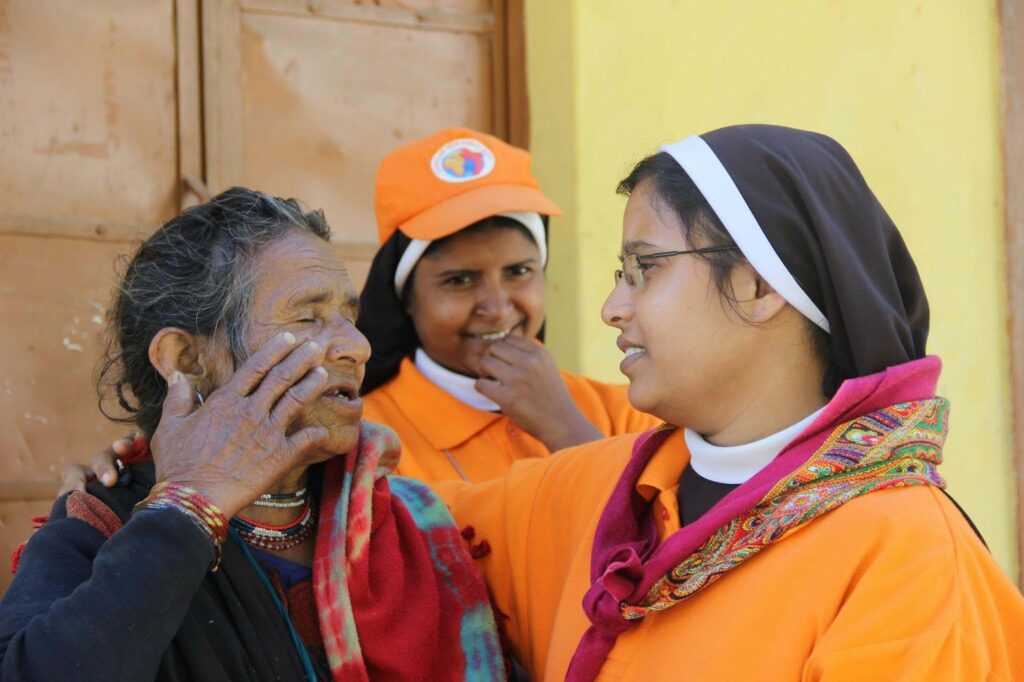







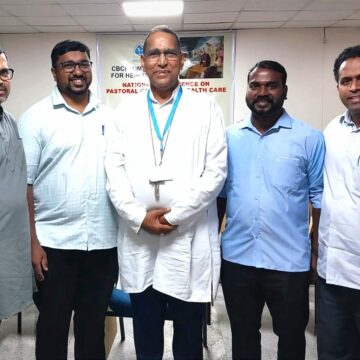
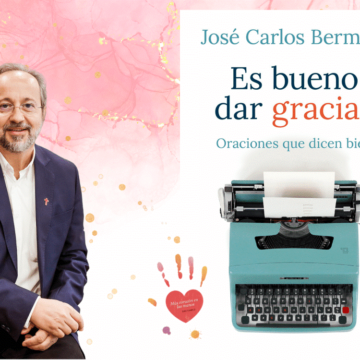

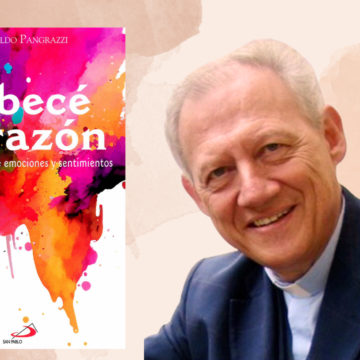
Camillians on Facebook
Camillians on Twitter
Camillians on Instagram